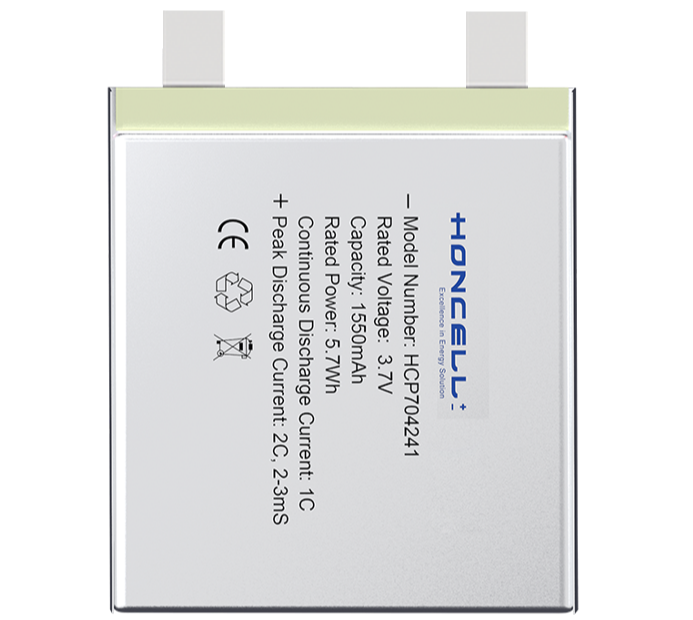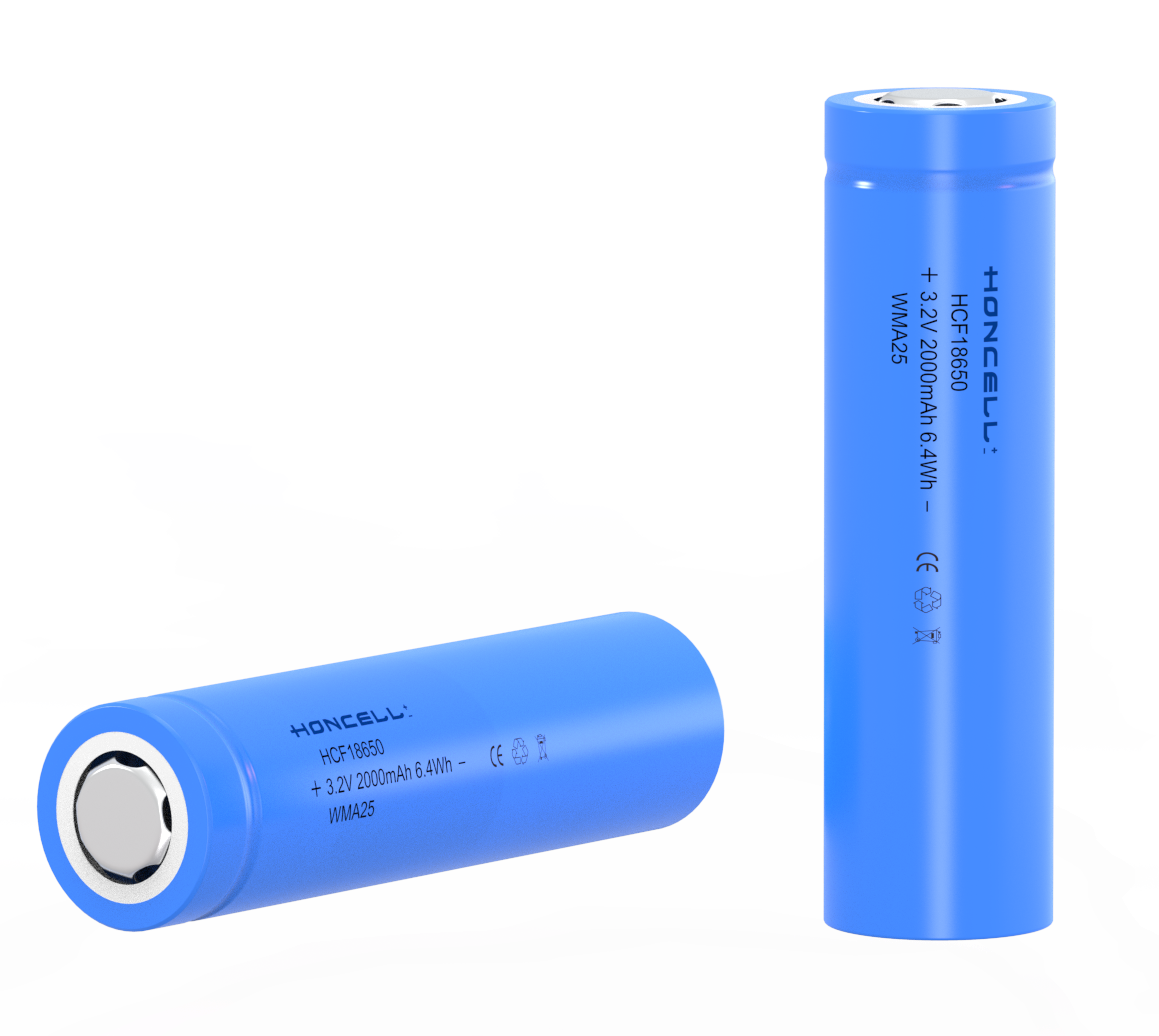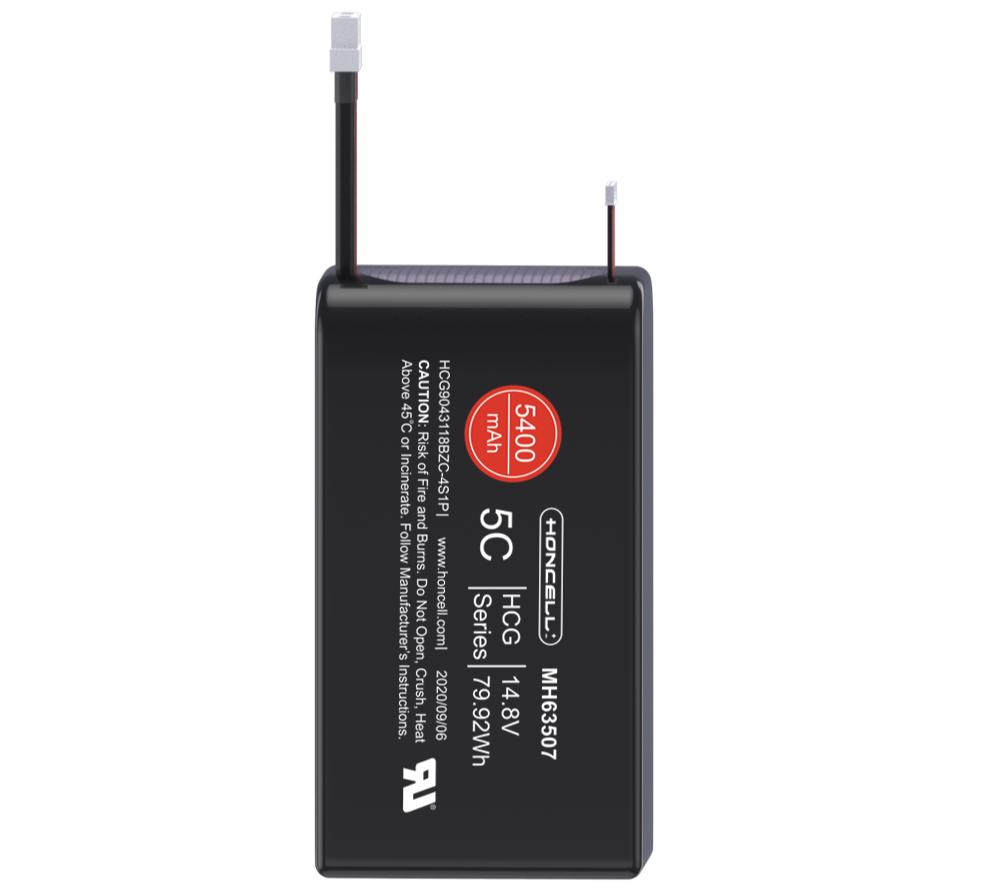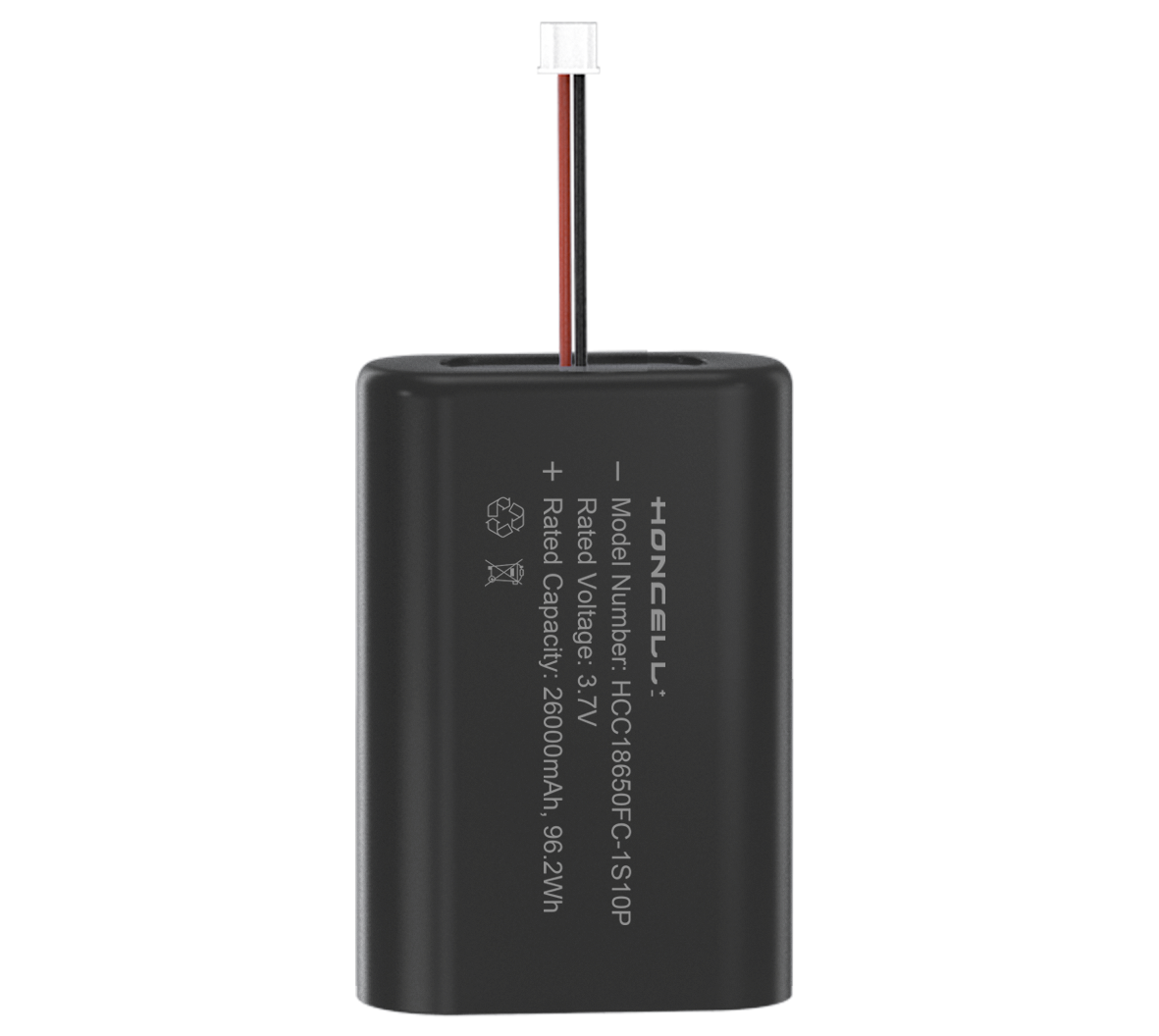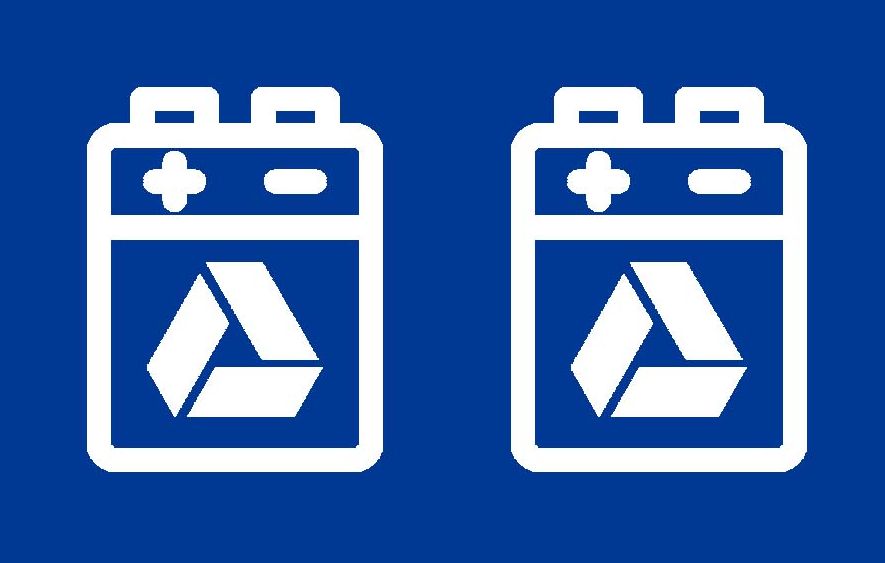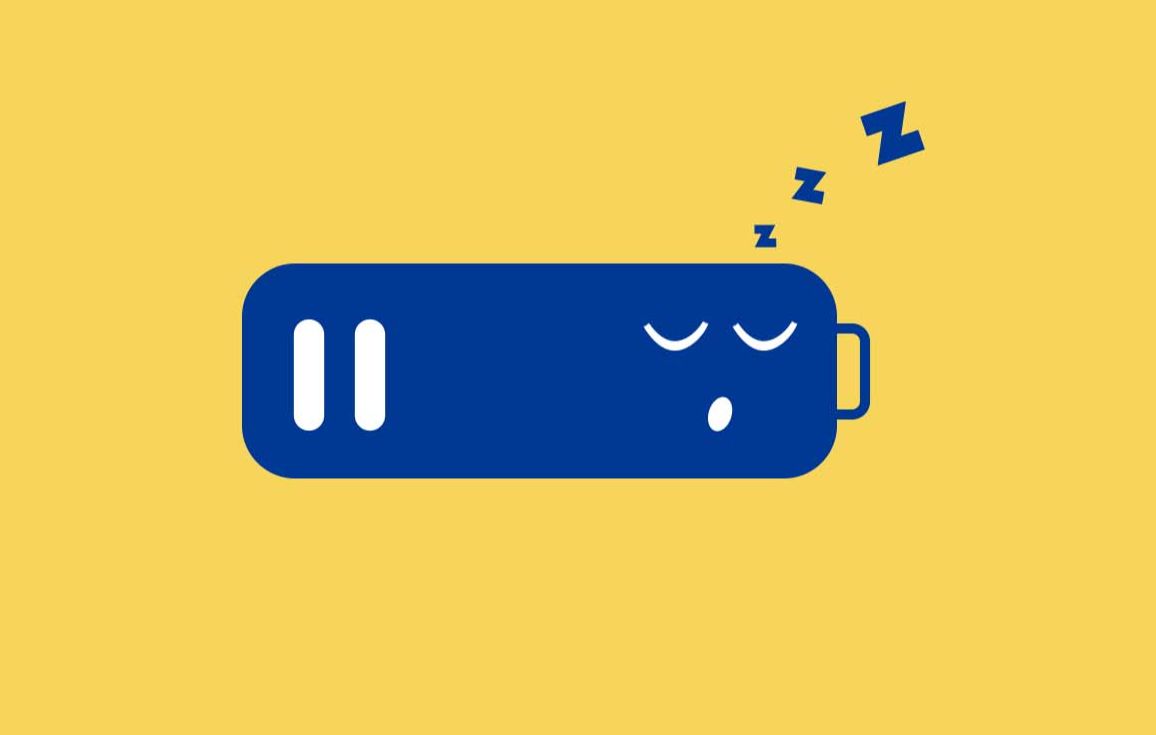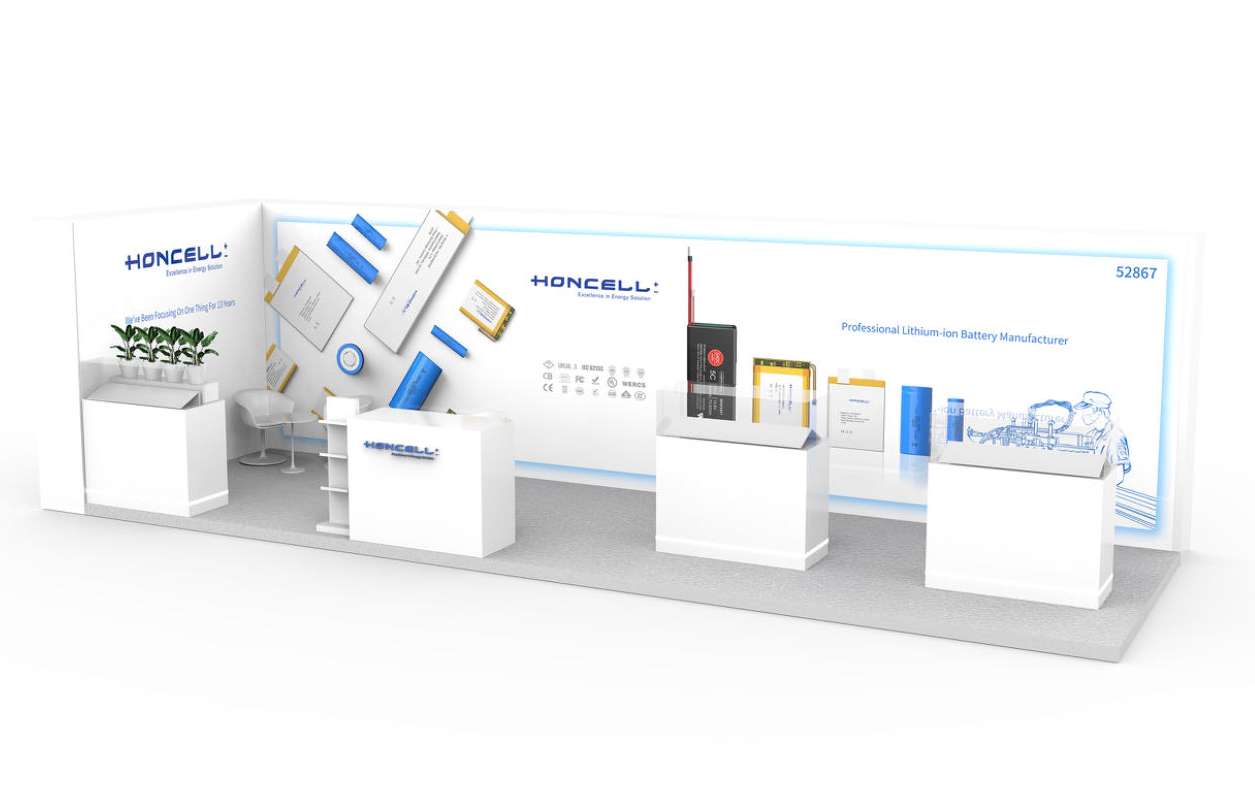FAQs
-
What are the possible reasons for zero voltage and low voltage of the battery?
The outsides short-circuit on the battery, overcharge, or over discharge. The battery is continuously over charged by the very high current. The battery is internally short-circuited or slight short-circuited.
-
What effect can the temperature bring to the battery performance?
Among all the environmental elements, temperature has biggest effect on the battery performance. The electrochemical reaction on electrode / electrolyte interface is connected with the temperature. The electrode / electrolyte interface is considered to the heart of the battery. If the temperature gets lower, the reaction rate of the electrode also gets lower. If the battery voltage keeps invariable, the discharge current becomes lower, and also the power output will reduce. If the temperature goes up, the condition is reverse. That is, the battery's power output will increase. Temperature will also affect the speed of the transmission of the electrolyte. If the temperature goes up, the speed of transmission will be faster. If the temperature goes down, the speed of transmission will be slower. The battery performance will also be affected. But if the temperature become too higher, the chemical balance inside the battery will be broken and side reaction will be caused.
-
What is Li-ion polymer battery defined?
The so called Li-ion polymer battery is evolved from common liquid Li-ion battery by using licoo2 at cathode, carbon at anode, and polymer foil as electrolyte, eventually put these materials into a pouch shape aluminum plastic film package. Li-ion polymer battery is the new generation Lithium battery that has made significant milestones in battery's development. The obvious advantage of the Li-ion polymer battery not only has its high capacity, long cycle life, steady discharge rate and non-pollution, but also eliminates safety hazards that liquid Li-ion battery exists, especially of those steel can batteries. Furthermore, the flexible outline and custom design shape is more convenient at fingertips in a timely and cost effective way.
-
What is the cycle life of rechargeable battery?
When a battery experiences a charge and discharge, we call a cycle or a period. In the stated charge and discharge principles and the capacity decline before a stated standard, the total cycles it can undergo called rechargeable battery cycle life.
-
What is the memory effect?
In general, Li-ion and Lipo batteries have no memory effect. We are talking of some types such as nicd batteries, and to a lesser extent Ni-MH batteries, suffer from what's called the "memory effect". What this means is that if a battery is repeatedly only partially discharged before recharging, the battery "forgets" that it has the capacity to further discharge all the way down. To illustrate: If you, on a regular basis, fully charge your battery and then use only 50% of its capacity before the next recharge, eventually the battery will become unaware of its extra 50% capacity which has remained unused. The battery will remain functional, but only at 50% of its original capacity. The way to avoid the dreaded "memory effect" is to fully cycle (fully charge and then fully discharge) the battery at least once every two to three weeks. Batteries can be discharged by unplugging the device's AC adapter and letting the device run on the battery until it ceases to function. This will ensure your battery remains healthy.
-
What is the package of Li-ion polymer batteries?
The Li-ion polymer battery is almost exclusively packaged in the so-called 'pouch cell'. This cell design made a profound advancement in 1995 when engineers succeeded in exchanging the hard shell with flexible, heat-sealable foils. The traditional metallic cylinder and glass-to-metal electrical feed-through has thus been replaced with an inexpensive foil packaging, similar to what is used in the food industry. The electrical contacts consist of conductive foil tabs that are welded to the electrode and sealed to the pouch material.
-
What is the primary battery and secondary battery?
The primary battery refers to the battery that can only discharge and is not rechargeable while the secondary battery talks of the rechargeable battery that can be charged and used in duty-circle operation.
-
What is the short circuit?
If the positive and negative terminals come into contact with each other or with a metal object, this can cause a short circuit, generating heat. If the batteries are stacked on top of each other or mixed, the resulting short circuit can lead to heat generation, leakage, bursting and, eventually fire. Do not short circuit Li-ion polymer batteries.
-
What will happen if the batteries with different capacity are packed together?
If the batteries with different capacity or new and old batteries are used together, leakage, zero voltage and so on might happen. If the battery are rechargeable and are being charged, some batteries is overcharged and other batteries is not in full charged state. During the discharge, some batteries can not discharge fully and other batteries might over discharge. This way, the battery will be damaged.


